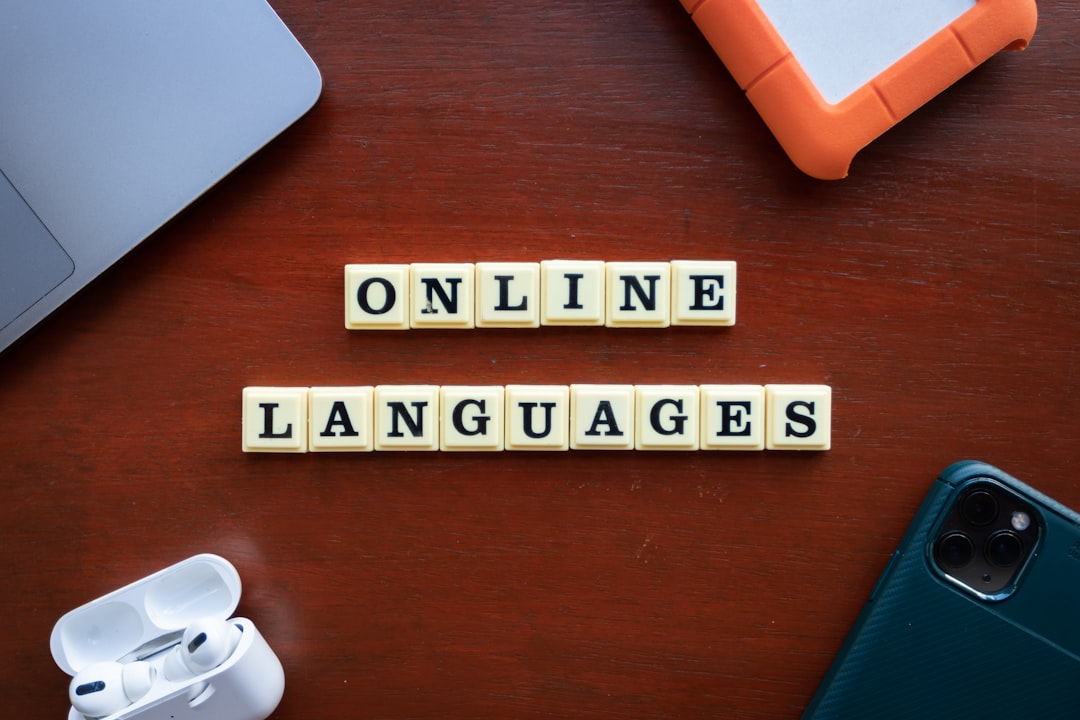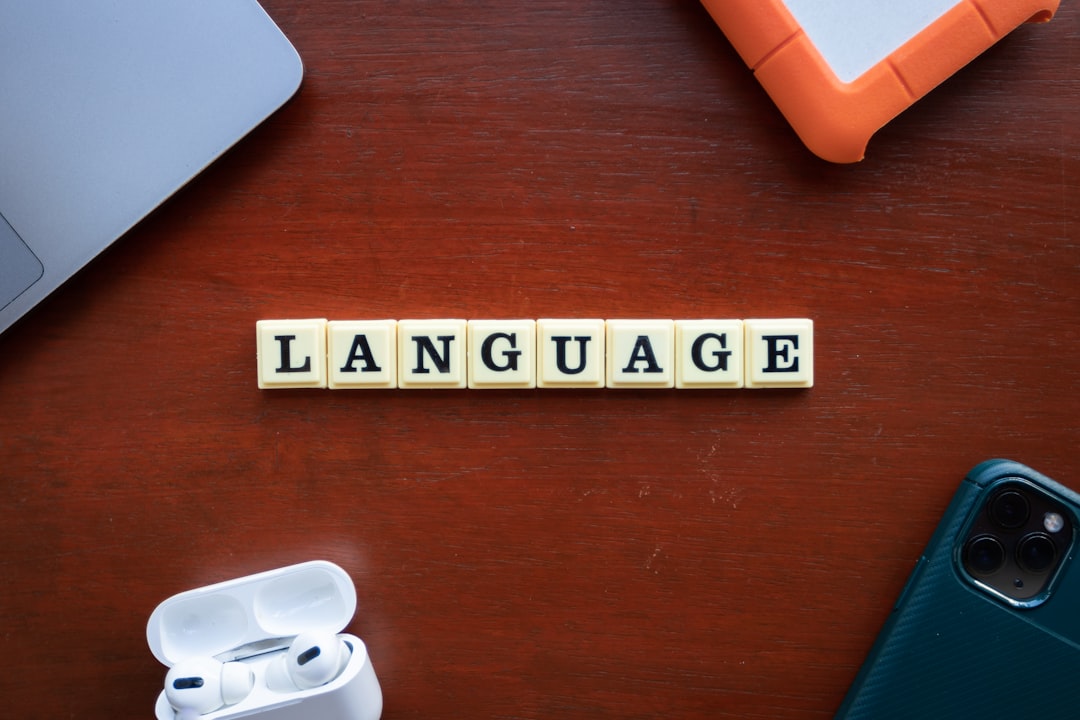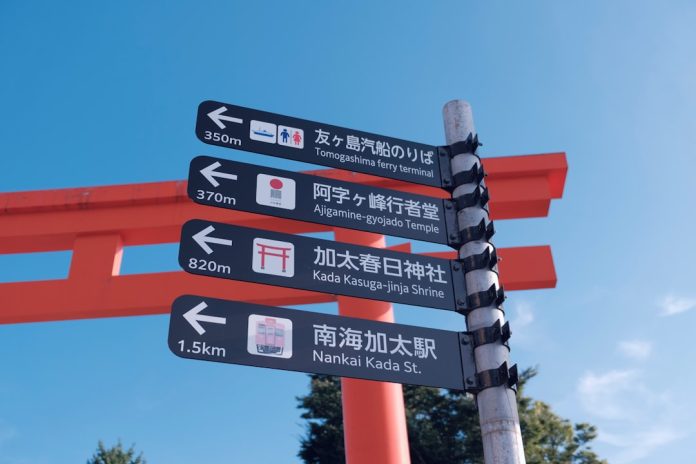Artificial intelligence (AI) has revolutionized many aspects of human life, and language translation is no exception. With the introduction of AI-powered translation tools, communication across different languages has become more accessible and efficient than ever before. However, one of the biggest challenges that AI translation still faces is accurately interpreting idioms and cultural references — both of which often lose meaning when translated literally.
Idioms are expressions that carry meanings different from the literal definitions of the words within them. Similarly, cultural references may require an understanding of traditions, history, or pop culture unique to a specific region or group of people. These nuances are deeply embedded in context, making them complex for machines to interpret.
Table of Contents
The Core Challenge
AI translation models, especially those that rely on neural networks like transformer-based architectures, are trained on massive datasets of multilingual text. These models are excellent at word-to-word translation and even maintain sentence structure with growing accuracy. But when it comes to idioms such as “kick the bucket” or cultural expressions like “riding shotgun”, literal translations often result in confusing or meaningless outputs.
Take, for example, the French idiom “appeler un chat un chat”, which means to speak frankly — literally translated, it means “to call a cat a cat.” If AI translates this expression for an English-speaking audience without understanding the idiomatic context, the message may be lost or misunderstood.

How AI Models Tackle Idioms
Leading AI translation engines use a combination of techniques to tackle idioms and cultural references:
- Contextual Learning: Modern AI models are context-aware. They use adjacent words and sentence structure to detect idiomatic usage.
- Phrase-Based Memory: Many engines refer to databases of commonly used idioms along with their accurate translations across languages.
- Parallel Corpora: Training using side-by-side documents in two languages helps AI spot patterns and equivalencies in idiomatic expressions.
These methods allow the AI to learn that “kick the bucket” in English corresponds to “casser sa pipe” in French, and not literally “frapper le seau.” Additionally, some AI models factor in the tone and style of the content. For instance, a piece of informal dialogue will be treated differently than a technical document in terms of translation style.

Cultural References: A Deeper Hurdle
Cultural references are often harder for AI models to handle than idioms. References to local celebrities, regional holidays, traditional foods, or humor can leave non-native readers puzzled if translated without context. For instance, translating a Japanese reference to “hanami” without explanation might fail to convey the traditional beauty and community significance of the cherry blossom festival.
To bridge this gap, AI developers are increasingly incorporating:
- Localization Techniques: Adjusting translations to fit local norms and practices rather than providing a word-for-word substitution.
- Contextual Glossaries: Inserting short explanatory notes for culturally specific terms during automated translation.
- User Feedback Loops: Learning from user corrections and usage trends improves AI predictions over time.
Even so, seamlessly translating cultural references remains a domain where human oversight is often still needed. Professionals in fields like legal, marketing, or literary translation may refine AI outputs to ensure that intended meanings and emotional tones are preserved.
The Role of Human-AI Collaboration
While AI continues to improve its grasp on idioms and cultural context through ever-evolving algorithms and larger training datasets, human insight offers a level of nuance that technology struggles to replicate. Many industries now employ a hybrid approach, where AI does the heavy lifting of initial translation, and human editors refine the accuracy, especially for subtleties like idioms and cultural references.
Ultimately, AI translation is growing smarter and more refined, but idioms and cultural references serve as a reminder that language is not just about words—it’s about people, histories, and shared experiences.
FAQ
- Q: Can AI accurately translate idioms across all languages?
A: Not always. AI is becoming better at recognizing and translating idioms, but accuracy depends on training data and context. Uncommon or highly localized idioms may still be translated literally or inaccurately. - Q: How does AI learn idioms?
A: AI learns idioms through contextual analysis in large multilingual corpora and training against databases of idiomatic expressions and their meanings across languages. - Q: Why are cultural references harder to translate?
A: Cultural references often rely on shared knowledge or experiences specific to a culture. Without that background, AI may struggle to convey equivalent meaning in another language. - Q: Can AI explanations accompany translations for clarity?
A: Yes. Some advanced translation tools offer brief footnotes or parenthetical explanations for culturally significant terms or phrases. - Q: Will AI ever fully replace human translators?
A: AI is a powerful tool, but for nuanced translation—especially involving idioms, humor, or cultural context—human translators are still essential for high-quality results.
